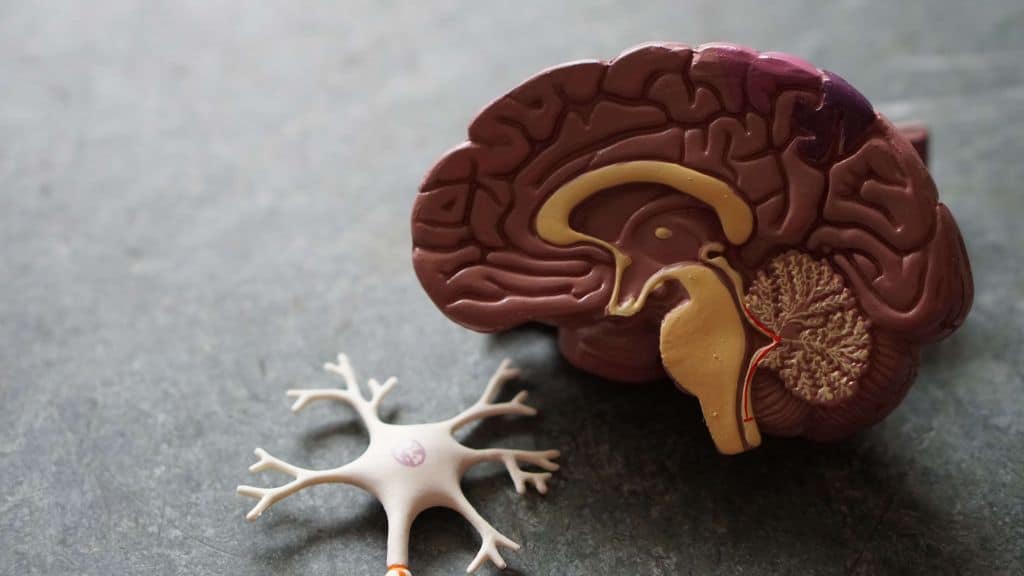
Our brains encode information selectively and often distortedly. What and how we remember is influenced by various factors known as cognitive errors – one of which is the Restorff effect.
Although we may think we have a perfect memory, our brain is constantly deceiving us. Human memory, or the ability to store and reproduce information, works selectively, and this means that we remember some things better and faster, and forget others immediately. Why is it so?
The Restorff effect, otherwise known as the isolation effect, was discovered in 1933 by German psychologist Hedwig von Restorff. Based on her research, the doctor concluded that humans are more likely to remember unique or distinctive objects from the ordinary ones. This means that the isolation effect is a cognitive distortion that is based on better recall from memory of the unusual, not only in a positive sense.

The isolation effect is the result of increased focus on distinctive items in a collection of items that are the same or similar. The set can be a list of words, objects, a sequence of events, names, or faces. For example, in the character set HGS6RLMPQ, we will remember the digit 6 best. It is the digit that our brain will focus on because the digit stands out from the letters. In a group of new people we will remember Natan or Syntia faster than we will remember another Kasia or Tom. On a daily basis, our brain better assimilates information that stands out in color, shape or form. It does not have to be a positive distinction. With the same similarity we will remember unpleasant people, unpleasant situations and images
It is important to note that the von Restorff effect occurs on two levels. First, when there are differences in context, that is, the stimulus is different from the surrounding stimuli. For example, from a list of words, we best encode those underlined in color or written in capital letters.
Second, when the stimulus is different from the experience stored in our memory. This is why our memories are mostly of unique situations and people, such as the first day of school, the birth of a child, an unpleasant situation at work, etc.
The isolation effect affects all types of human memory – visual, auditory, olfactory and tactile memory.
We use the von Restorff effect more or less consciously on a daily basis. When we are studying for a test or preparing for a presentation at work, we color code or underline the most important information in our notes. In emails, we bold or bullet the most important content for the recipient. Events and meetings that are more important to us are written in capital letters in our calendars.

The effect of isolation is also particularly important in influencing consumers, so marketers and designers consciously emphasize key elements in ads for products and services. Unusual words, sentence constructions and images are remembered better than their typical counterparts, and thus can influence the consumer’s choice when making a purchase in the future.
To encourage potential customers to pay attention to a product, you can accent it with colors, lights, sizes, images, animations, words or sounds. It should be remembered, however, that the isolation effect will work only if the information actually stands out – if you emphasize too many elements, the brain will treat them as ordinary
On a daily basis, our brain receives a huge amount of stimuli and often, in order to process all of them, “takes shortcuts”. In practice, this means that certain simplifications creep into our cognitive processes – errors that distort the information we receive.
The isolation effect is an example of one of the many errors our brain makes. We often focus on one piece of information and ignore the rest (the focus effect), we like people and things we frequently come in contact with (the pure exposure effect), we see the mistakes of others but not our own (the blind spot effect), or we select only those facts that support our opinions (the confirmation effect)
The list of cognitive errors is really long, and although awareness of their occurrence will not fully protect us from making them, understanding these processes will certainly help us use our memory resources more effectively, but also with a dose of skepticism
Read also: Why do we repeat patterns that damage us?
Main article image: photo by GSO Images / The Image Bank / Getty Images